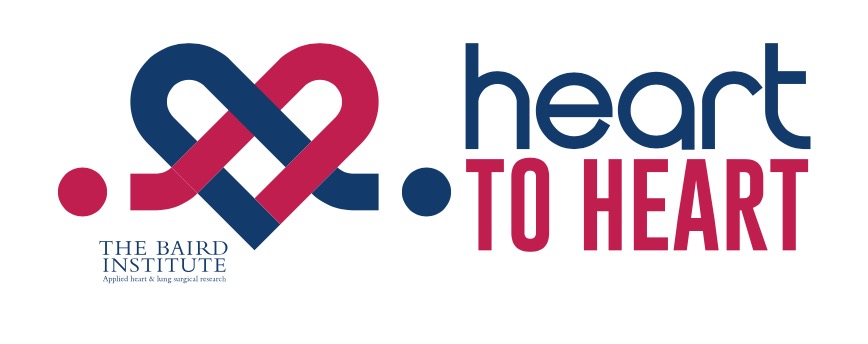Introduction: Although cardiovascular surgery societies in Europe and the USA constantly strive for the exchange of knowledge and best practices in coronary artery bypass grafting (CABG), the available evidence on whether such efforts result in similar patient outcomes is limited. Therefore, in the present analysis, we sought to compare patient profiles and overall survival outcomes for up to 3 years between large European and US patient cohorts who underwent isolated CABG.
Methods: Patients from the European DuraGraft Registry (n = 2,522) who underwent isolated CABG at 45 sites in eight different European countries between 2016 and 2019 were compared to randomly selected patients from the US STS database who were operated during the same period (n = 294,725). Free conduits (venous and arterial grafts) from the DuraGraft Registry patients were intraoperatively stored in DuraGraft, an endothelial damage inhibitor, before anastomosis, whereas grafts from the STS Registry patients in standard-of-care solutions (e.g., saline). Propensity score matching (PSM) models were used to account for differences in patient baseline and surgical characteristics, using a primary PSM with 35 variables (2,400 patients matched) and a secondary PSM with 25 variables (2,522 patients matched, sensitivity analysis). The overall survival for up to 3 years after CABG was assessed as the primary endpoint.
Results: The comparison of patient profiles showed significant differences between the European and US cohorts. The European patients had more left main disease, underwent more off-pump CABG, and received more arterial grafts together with more complete arterial grafting procedures. In contrast, the US patients received more distal anastomoses with more saphenous vein grafts (SVGs) that were mainly harvested endoscopically. Such differences, however, were well balanced after PSM for the mortality comparison. Mortality comparison at 30 days, 12 months, and 24 months between the European and US patients was 2.38% vs. 1.96%, 4.32% vs. 4.79%, and 5.38% vs. 6.96%, respectively. At 36 months, the mortality was significantly lower in the European patients than that of their US counterparts (7.37% vs. 9.65%; p-value = 0.016). The estimated hazard ratio (HR) was 1.29 (95% CI 1.05-1.59).
Conclusion: This large-scale transatlantic comparative analysis shows that there are some significant differences in patient profiles between large cohorts of European and US patients. These differences were adjusted by using PSM for the mortality analysis. No significant difference in mortality was detected between groups through 2 years, but survival was significantly better in the European DuraGraft Registry patients at 3 years post-CABG.






